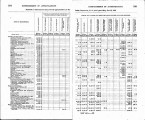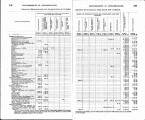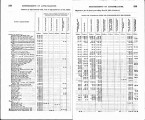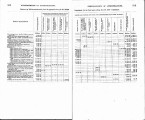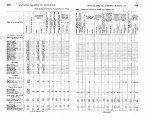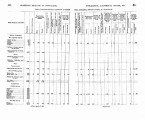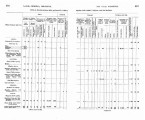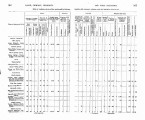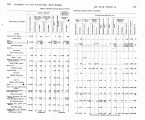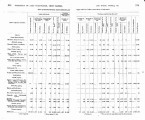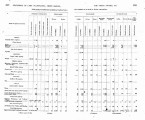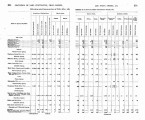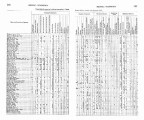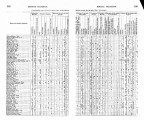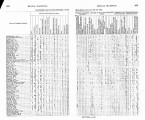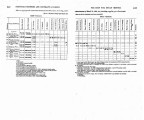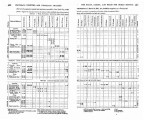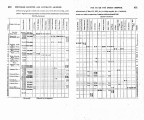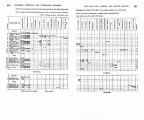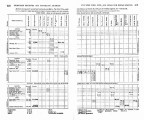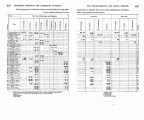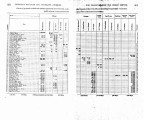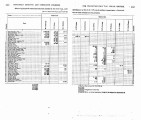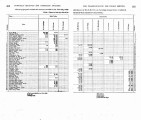| OCR Text |
REPORT OF THE COMbIISSIONER OF INDIAN AFFAIRS. LIII The requirements of t6e President's procla~nationa .remow being car-ried out in a manner to cause as little hardship.and loss to the settlers s9 is possible under the circomstances. This office has steadfastly main-tained 'the position, that the reservations in questiol~w ere << existing reservations" at the date of the Sioux treaty of Apsl 29,1868, and as such were made a part of the reservation thereby set apart (article 2) for the different bands of Sioux Iudians parties to said treaty. The right of the Indians to occupy eaid reservations under said treaty has been full^ recognized since the date thereof, and many of them were residing on the lands when the treaty was uegotiated. Extensive sur-veys have been mqde on both reservations and paid for out of moneys appropriated by Congress for the surrey of Indian reservations, and allotments to the number of two hundred and thirty-seven have been made to the Indians under the provisions of the aforesaid treatyi The agent's residence, agent's office, boarding-school building, large ware-house, issue-house, di8pensary, employ&$ quarters, sawmill, storehouse, corral, slaughter-house, agency farm. &c., are all situated within the , tract formerly occupied by the Winnebagoes. The correspondence shows that t,he Indian Ofece has iuvariably re-fused to lend its aid or approval to an$ movement looking to the resto-ration of any of the lands embraced within these reservations to the mass of the public domain, by Executive order, with a view to their be-ing opened to white settlement. It has always held that theExecutive was without lawful power to do so, and that to effect such purpose would require the consent of the Indians and the sauction of Congress. THE TURTLE MOUNTAIN BAND OF CHIPPEWAS IN DAKOTA. 'Frequent reports have been received during the year of threatened hostilities on the part of the Turtle Monntai~.C~h ippewas, who have a , reservation in Northern Dakota, near the international boundary; but investigation has failed to discover arly hostile intenrion or the exist-ence of undue excitement amoagst them. The reduction of their reser-vation t,o two townships har caused some dissatisfaction, and they have asked for more land;, but it is believed that they have all the land they need or will ever make use of, a,ud as they are at liberty to take home-steads on the, public domain, which many of the half-breeds have already done, I do not see the necessity for the enlargement of their reservation. If they haresuffered any wroug,a.s is claimed, on account of the restora-tion to the public domain of the Turtle Monntsin country, by which ie meant that &st territory lying north of Devil's Lake and west of the Red Riverof the North, the remedy is with Congress. Many half-breeds, who,properly belong on the other side of the Brit-ish line, are mixed in with our native Indians, produoing discord arnoqgst them; and proving a constant source of annoyance to white settlers. No doubt the liberal advantages offered to our Inaians in obtaining homesteads has induced many and will tempt others to come |














































































































